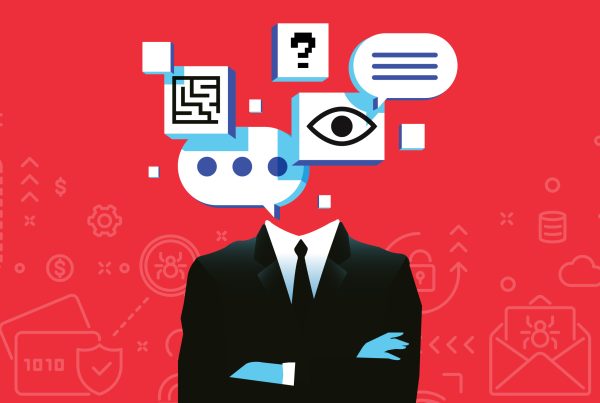ServiceNow has created tremendous opportunity for enterprises of all kinds to achieve their digital transformation goals. From service desk operations to intelligent applications, the internet of things, and beyond, the Now platform offers a host of functionalities to find new efficiencies, reduce costs, and embrace smarter ways of doing business.
ECS Director of Architecture Cherlyn Steininger and Customer Service Manager Chad Elliott sat down to discuss the keys to kicking off a successful enterprise transformation and the ways in which ServiceNow is paving the way for new levels of enterprise maturity.

CHAD ELLIOTT
Customer Service Supervisor

CHERYLYN STEININGER
Director of Architecture
Q: What is the typical starting point for enterprise transformation?

Chad Elliott: Every enterprise transformation engagement begins with the discovery phase. We want to understand the user environment, the service we’re providing to the customer—the service-level agreements–in other words, what are our measurements of success? If we’re modernizing a service desk function, for instance, that might be ticket types and response times. From an operational standpoint, how do we input these needs into the system? How do we categorize incidents, how do we account for different levels of support, from a self-service portal through service desk tiers three and four? In this phase, we not only think through the customer’s needs, but also the methods to achieve them.

Cherylyn Steininger: When we talk about enterprise transformation, it’s not just about any single tool. It includes the people and processes, as well as understanding the overall business. So, one of the things we focus on when it comes to discovery is not just where they are today and where they want to go tomorrow, but understanding their processes, their maturity levels, and areas of improvement that they may not see. From within an organization, the customer may not recognize all of the things they can gain.
In the beginning, we like to focus on “a day in the life.” This helps us understand not only how the customer is doing things today, but why, and how that “why” applies to the business. We may uncover things that are not typical to other organizations but are nonetheless critical components of that specific enterprise or engagement. We have to take into account not only best practices, but also what’s best for the customer’s business. That involves understanding both the customer base and the user base, then tailoring the solution to meet their needs—all of that comes into play as part of the discovery phase.
Q: So, you’ve done your fact finding and laid out a strategy. How do you proceed? What are some ways in which you can measure success across different engagements?

Chad Elliott: At the end of the day, it always comes down to creating value for the end customer. How do they know they are getting value for their budget? You have to figure out objective measures, whether it’s availability, reliability, whatever, and go from there. The customer needs to know what they’re paying for, which they might not always understand in technical jargon. You might not even be talking to a technical employee.
Generally speaking, IT service management tries to bridge that gap. Sometimes, we come in to perform a function or implement one capability, and after examining the current state with the customer, they uncover other opportunities for improvement as well. We all know that enterprises are, by their nature, interconnected. What started as a standalone engagement can, through the unification of siloed components and automation of key processes, ultimately come to encompass other parts of the enterprise as well. This is how we build systems that are smarter, more efficient, and more secure.

Cherylyn Steininger: This trend has definitely picked up in the last five years. We have especially seen a growth pattern with ServiceNow capabilities beyond IT service management (ITSM)—solutions like customer service management, human resources (HR), facilities and workplace management, and IT operations and asset management (ITOM and ITAM).
The fact is that when we talk about ITSM, which has been around for over 20 years, most customers have reached a level of maturity where they’re looking to expand on what they already have. We’ve worked with some of the national laboratories, for example, to implement HR across the board, ITAM and configuration management databases (CMDB), and other functions that go beyond traditional ITSM.

Chad Elliott: That’s why I like ServiceNow. Maybe a customer starts with something like incident management, simple tickets, but once they start to see the other applications that ServiceNow offers—change management, project management—it gets their appetite going. ServiceNow has been a great vehicle to drive improvement because it’s a tool that customers can visualize.





